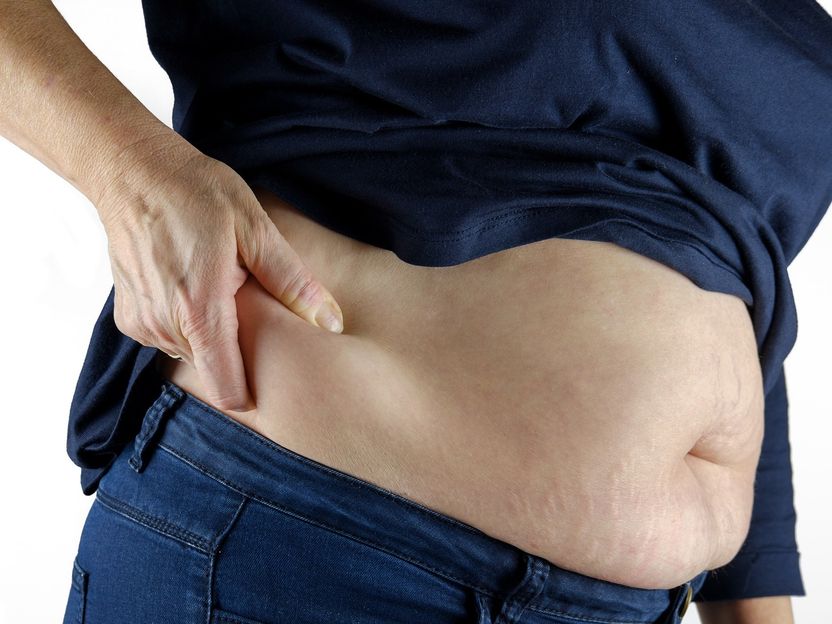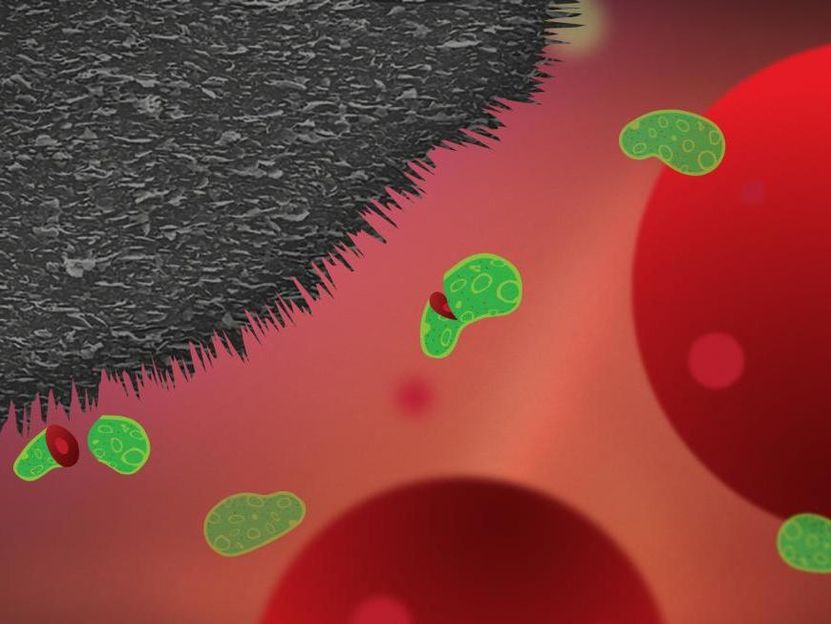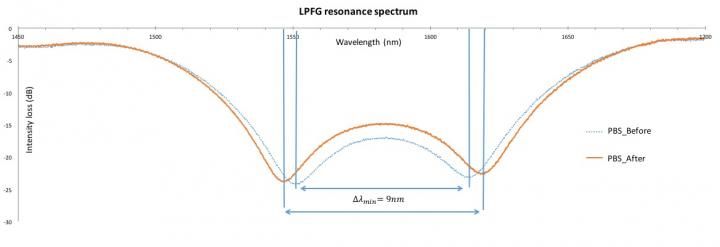Adipose tissue is an important SARS-CoV-2 replication site
Obesity is an important risk factor for severe disease progression in COVID-19 patients
A multidisciplinary research team from the Leibniz Institute for Experimental Virology (HPI) and the University Medical Center Hamburg-Eppendorf (UKE) has now demonstrated an important role of adipose tissue in the viral replication of SARS-CoV-2. The results, which also identify new therapeutic strategies for the treatment of SARS-CoV-2 infections, were published in the online edition of the journal Cell Metabolism.

Symbolic image
pixabay.com
Globally, excessive body weight poses a serious threat to public health. According to the World Health Organization, the prevalence of obesity has increased dramatically in recent decades and has now reached epidemic proportions. Approximately 39% of adults (>18 years) are overweight (BMI≥25 kg/m²) and 13% are obese (BMI≥30 kg/m²). An estimated 19% of children and adolescents are overweight and 7% are obese. Prevalence can vary widely among countries.
Throughout the COVID-19 pandemic, obesity has repeatedly been shown to be a risk factor for severe disease progression. However, the role of adipose tissue in viral infection and viral replication of SARS-CoV-2, as well as possible consequences for the metabolism, were largely unclear. This question has now been addressed in a multidisciplinary study.
The research team led by Prof. Dr. Gülşah Gabriel (HPI) and Prof. Dr. Jörg Heeren (UKE) was able to show in autopsy samples of COVID-19 decedents that SARS-CoV-2 is frequently detectable in the adipose tissue of COVID-19 patients. Remarkably, the virus was detected predominantly in the adipose tissue of males who were overweight or obese. In female individuals, SARS-CoV-2 was also detected in adipose tissues, although there was no clear correlation between fat mass and virus mRNA levels. In a preclinical model of the COVID-19 disease, it was also shown that SARS-CoV-2 spreads from the respiratory tract into adipose tissue, where it continues to replicate. This leads to local inflammation and has consequences for the entire metabolism. "Our results show that the metabolic changes described in patients with COVID-19 can be explained by SARS-CoV-2 infection of adipose tissues," explains Jörg Heeren, Professor of Immunometabolism at the Institute of Biochemistry and Molecular Cell Biology at the UKE.
In addition, it was shown that in mature adipocytes (fat cells) in cell culture, intracellular lipid metabolism is a significant factor for the spread of SARS-CoV-2. Thus, blocking lipid degradation by a lipase inhibitor reduces virus replication in mature adipocytes by a factor of 100. Simultaneous administration of a drug used to lower cholesterol further suppressed replication. "Since these are two agents already approved against other diseases, our results could provide a basis for new treatment strategies against COVID-19," Gülşah Gabriel, head of the HPI research department "Viral Zoonoses - One Health" and professor of Virology at the University of Veterinary Medicine Hannover (TiHo) Foundation, explains the results.
Original publication
Most read news
Original publication
Martin Zickler et al.; "Replication of SARS-CoV-2 in adipose tissue determines organ and systemic lipid metabolism in hamsters and humans"; Cell Metabolism; 2021
Topics
Organizations
Other news from the department science

Get the life science industry in your inbox
By submitting this form you agree that LUMITOS AG will send you the newsletter(s) selected above by email. Your data will not be passed on to third parties. Your data will be stored and processed in accordance with our data protection regulations. LUMITOS may contact you by email for the purpose of advertising or market and opinion surveys. You can revoke your consent at any time without giving reasons to LUMITOS AG, Ernst-Augustin-Str. 2, 12489 Berlin, Germany or by e-mail at revoke@lumitos.com with effect for the future. In addition, each email contains a link to unsubscribe from the corresponding newsletter.
Most read news
More news from our other portals
Last viewed contents
Stem cells + nanofibers = Promising nerve research - Researchers coax cells to grow and myelinate along thin fibers, with potential use in testing treatments for neurological diseases
Salomon_Stricker
Positive Results in Proof-of-Concept Study with Sustained Release Treatment for Uveitis
Eugenius_Warming
Hagenia
Ganesha_(psychedelic)
Fanconi_anemia

Graphite nanoplatelets on medical devices kill bacteria and prevent infections
Johann_Friedrich_von_Eschscholtz
Ammonium_chloride

New Sensor Could Help Fight Deadly Bacterial Infections



















































